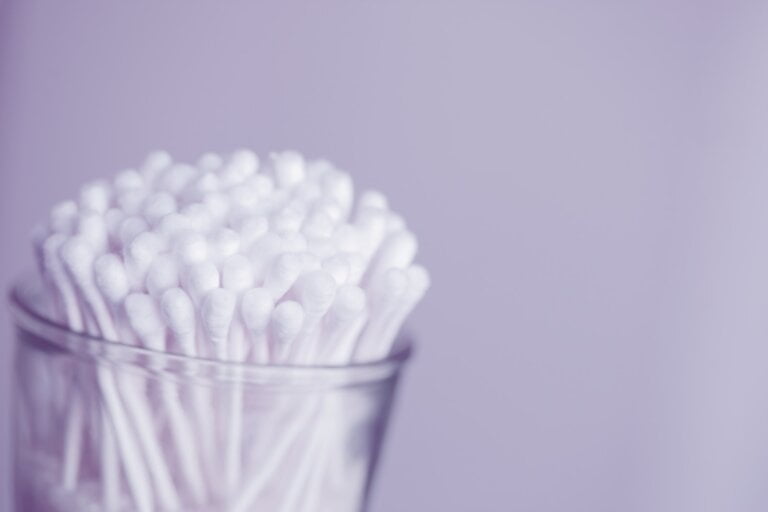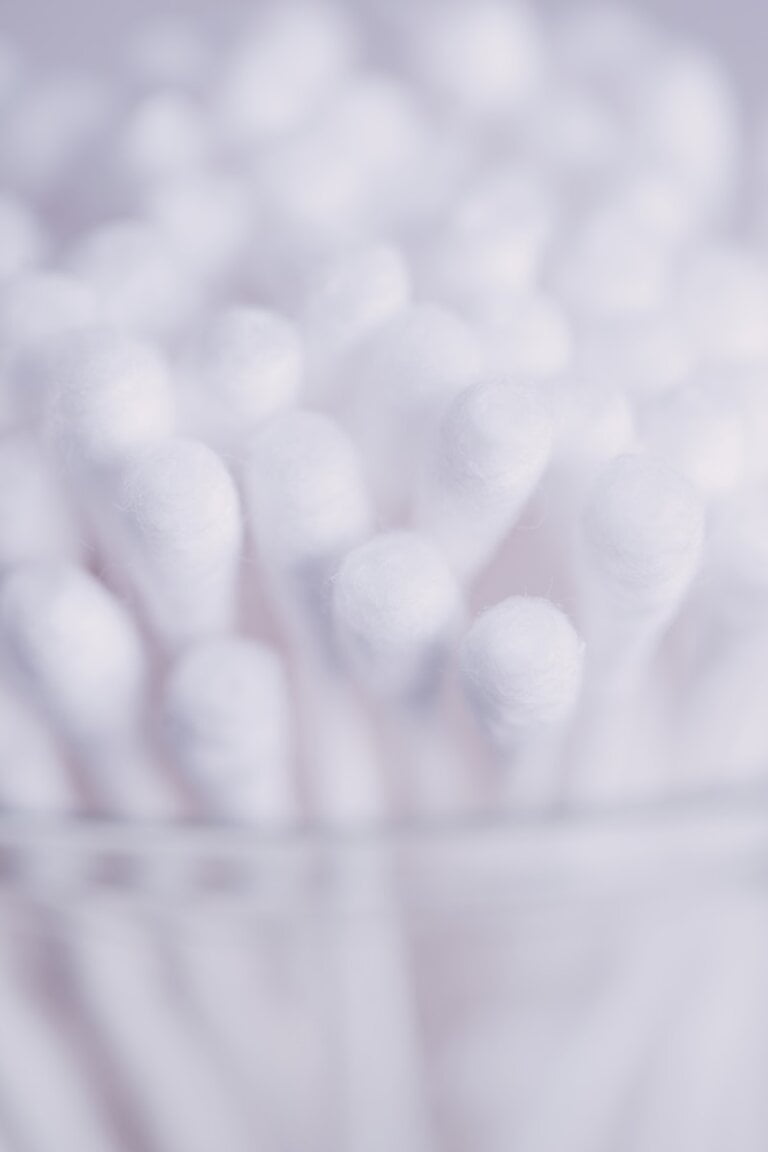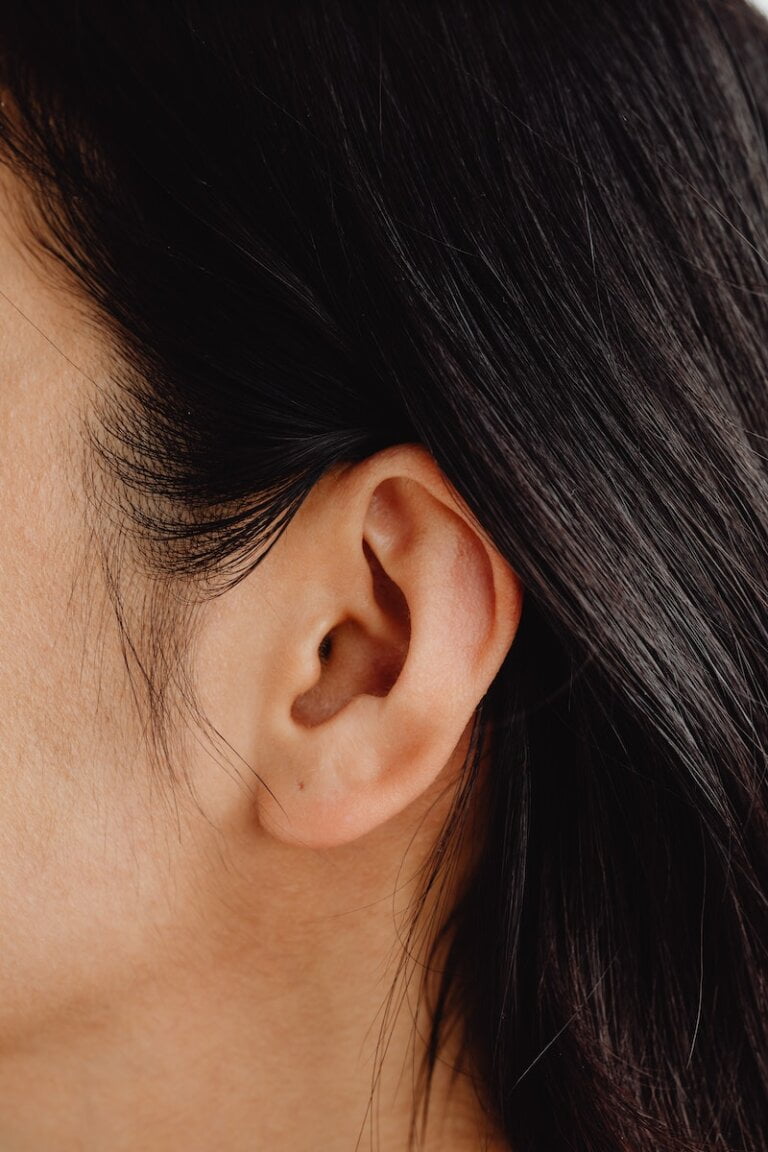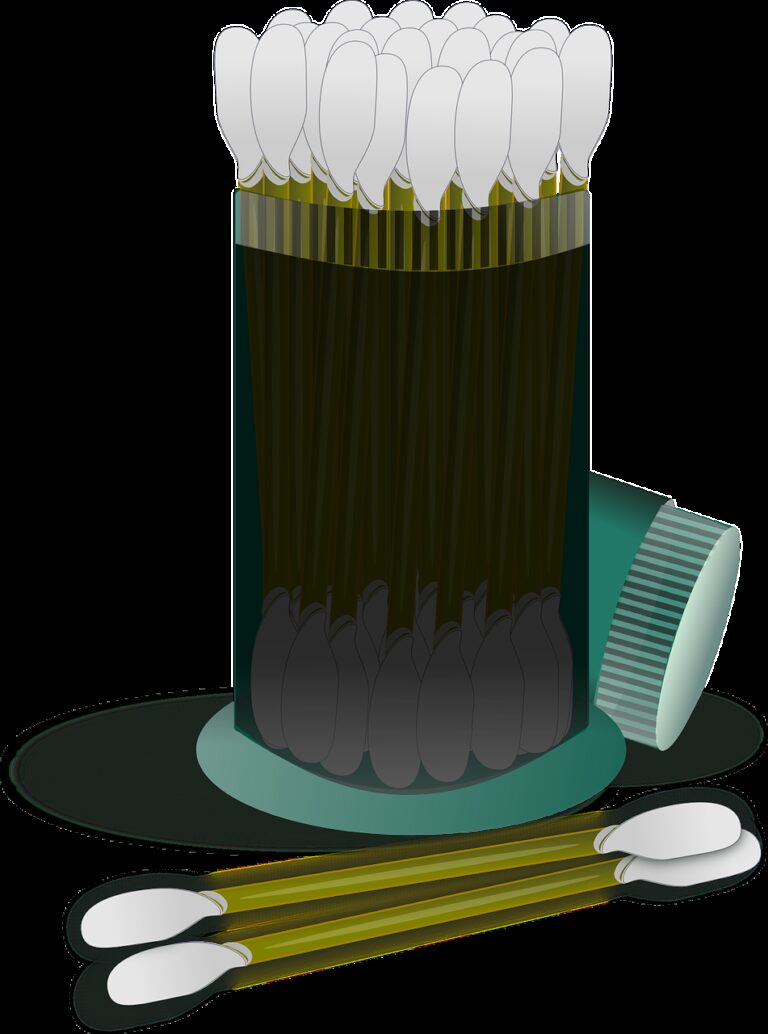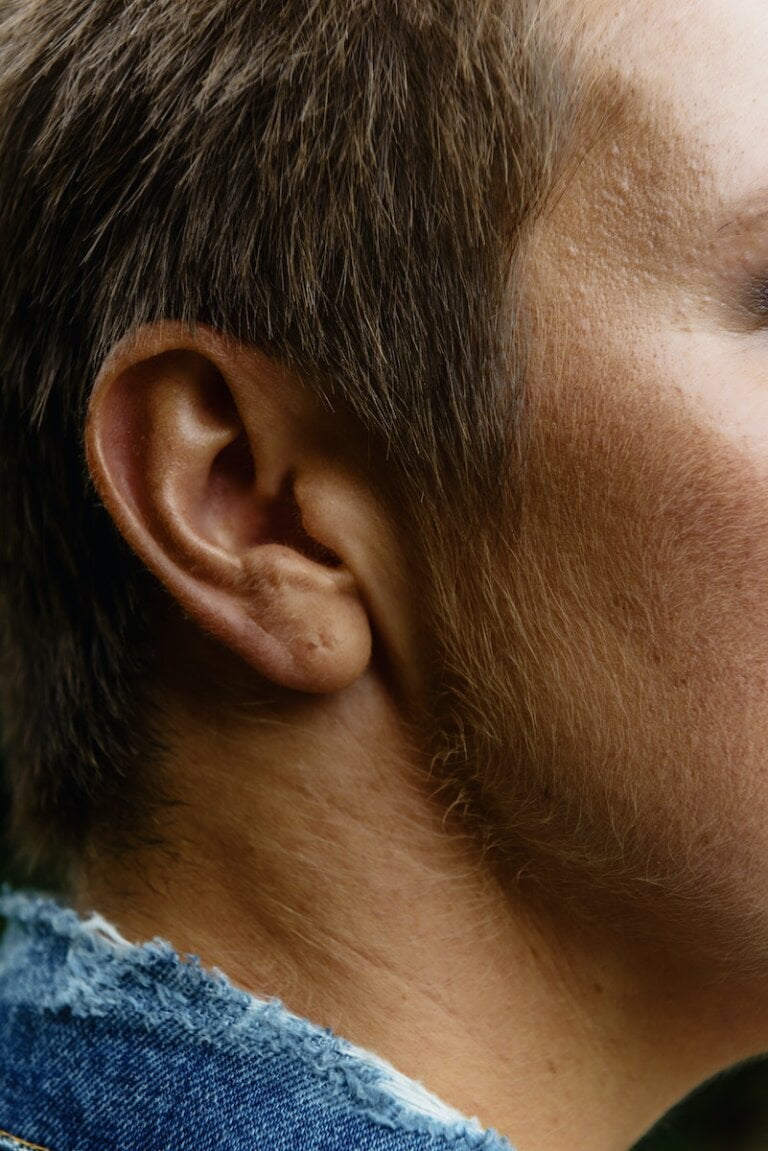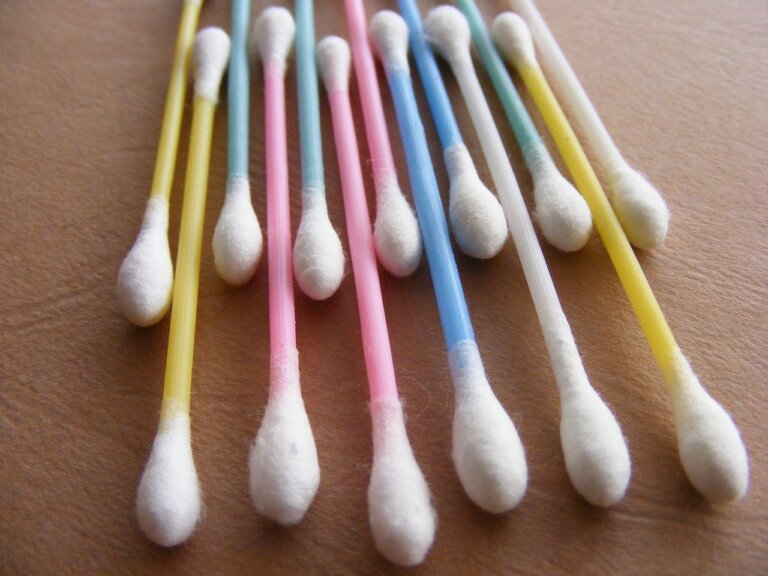Ear Wax’s Secret Mission: Protecting and Maintaining Healthy Ears
Ear wax, also known as cerumen, is a natural substance produced by glands in the ear canal. Many people view it as an annoyance, but little do they know that ear wax actually serves a vital purpose in protecting and maintaining healthy ears. In this article, we will delve into the secrets behind ear wax and its mission in keeping our ears in top shape.
The Composition and Production of Ear Wax
Ear wax is a mixture of secretions from two types of glands found in the ear canal: the ceruminous glands and the sebaceous glands. The ceruminous glands are responsible for producing a waxy substance, while the sebaceous glands produce oil. This combination creates ear wax, which is sticky and has a yellowish or brownish color.
The production of ear wax varies from person to person, with some individuals producing more wax than others. Factors such as genetics, age, and the environment can influence the amount of ear wax produced. However, regardless of the quantity, ear wax plays a crucial role in maintaining healthy ears.
Expanding on the Composition and Production of Ear Wax:
- The ceruminous glands, found in the outer part of the ear canal, produce a waxy substance that contains a mixture of dead skin cells, hair, and dirt. These secretions combine with the oil produced by the sebaceous glands, which helps to moisturize the ear canal and prevent it from becoming dry and itchy.
- The consistency and colour of ear wax can vary from person to person. Some individuals may have dry, flaky ear wax, while others may have wetter, stickier wax. The colour can range from light yellow to dark brown, depending on the individual’s genetics and the amount of dirt and debris present in the ear canal.
- It is important to note that ear wax is not a form of dirt or filth. It is a natural substance that the body produces to protect and maintain the health of the ears.
The Protective Role of Ear Wax
Ear wax acts as a natural defence mechanism, protecting the delicate structures of the ear from various external factors. Let’s explore how ear wax accomplishes its secret mission:
- Moisturising and Lubricating: Ear wax helps to keep the ear canal moisturised, preventing it from becoming dry and itchy. It also acts as a lubricant, allowing the ear canal to remain flexible and prevent discomfort during jaw movements. The moisture provided by ear wax is essential for maintaining the health of the skin lining the ear canal. Dry skin can become cracked and prone to infections, but the presence of ear wax helps to keep the skin hydrated and protected.
- Trapping Debris: Our ears are exposed to numerous environmental elements, such as dust, dirt, and foreign particles. Ear wax acts as a trap, capturing these unwanted particles and preventing them from entering the deeper parts of the ear. This helps to reduce the risk of ear infections and potential damage to the eardrum.
- Inhibiting Bacterial Growth: Ear wax contains natural antimicrobial properties, which help to inhibit the growth of bacteria and fungi. The antimicrobial properties of ear wax help to create an environment that is hostile to the growth of bacteria and fungi. This helps to protect the ear canal from infection-causing microorganisms that may enter the ear. By inhibiting bacterial growth, ear wax plays a crucial role in maintaining the overall health of the ear. It helps to prevent common ear infections, such as otitis externa, and reduces the risk of complications that can arise from these infections.
- Protecting Against Irritation: The skin lining the ear canal is delicate and prone to irritation. Ear wax forms a protective layer over this skin, shielding it from external irritants such as water, cold air, and certain chemicals. This protective role is especially important for individuals who are frequently exposed to water, such as swimmers or those who live in humid environments. The ear wax helps to prevent water from entering the ear canal, reducing the risk of infections and other complications.
The Importance of Proper Ear Wax Management
While ear wax is essential for ear health, an excessive build-up or improper management can lead to issues. It is vital to strike a balance between protecting the ears and ensuring that ear wax does not cause any harm. Here are some tips for proper ear wax management:
- Avoid Overcleaning: It may be tempting to clean the ears regularly, but excessive cleaning can actually do more harm than good. Inserting cotton buds or other objects into the ear canal can push the wax further inside, leading to impaction and potential damage. Instead, gently clean the outer part of the ear with a damp cloth. This helps to remove any visible wax or debris without risking pushing the wax further into the ear canal.
- Allow Natural Cleaning: The ear has a self-cleaning mechanism that usually moves ear wax out of the canal naturally. Chewing and jaw movements, along with the skin’s migration, help to push the ear wax towards the outer ear. It is important to allow this natural cleaning process to occur without interruption, as it is the most effective way to maintain the health of the ears. Unless there is a specific reason to remove the ear wax, such as a blockage or discomfort, it is best to let the ears clean themselves naturally.
- Seek Professional Assistance: If you experience symptoms such as persistent earache, hearing loss, or a sensation of fullness in the ear, it is advisable to seek professional help. A healthcare provider or an ear specialist can examine your ears and determine the best course of action. They may perform safe methods of ear wax removal, such as microsuction, if necessary. It is important to avoid attempting to remove the ear wax yourself, as it can lead to complications or injury.
Common Myths and Misconceptions about Ear Wax
There are several misconceptions surrounding ear wax that can lead to unnecessary worry or improper management. Let’s debunk some common myths:
- Ear Wax is Dirty: While ear wax may not look aesthetically pleasing, it is not a sign of poor hygiene. In fact, it indicates that your ears are self-cleaning and protecting themselves naturally. Regular cleaning of the outer part of the ear is sufficient for most individuals to maintain ear hygiene.
- Removing Ear Wax is Necessary: As mentioned earlier, the ears have a self-cleaning mechanism, and in most cases, ear wax does not require regular removal. It is best to let the ears clean themselves naturally and seek assistance only when there is an issue.
- Cotton Budss are Safe for Cleaning: Cotton buds are not recommended for cleaning the ear canal as they can push the wax deeper and potentially cause damage. They are more likely to push wax against the eardrum, leading to impaction or injury.
- Ear Candles are Effective: Ear candling is a popular alternative method for ear wax removal, but it is not supported by scientific evidence and can be dangerous. The process involves inserting a cone-shaped candle into the ear and lighting it, with the belief that the heat and suction created will remove the ear wax. It can cause burns, injury, and even worsen the wax impaction. It is best to avoid ear candling and seek safe methods of ear wax removal from healthcare professionals.
Conclusion
Ear wax, despite being often viewed as a nuisance, serves a vital role in protecting and maintaining healthy ears. Its moisturising, lubricating, and antimicrobial properties help to safeguard the delicate structures of the ear canal. Proper ear wax management involves avoiding excessive cleaning, allowing natural cleaning processes, and seeking professional assistance when necessary. Remember, ear wax is nature’s way of keeping our ears safe, so embrace its secret mission and take care of your ears accordingly.


